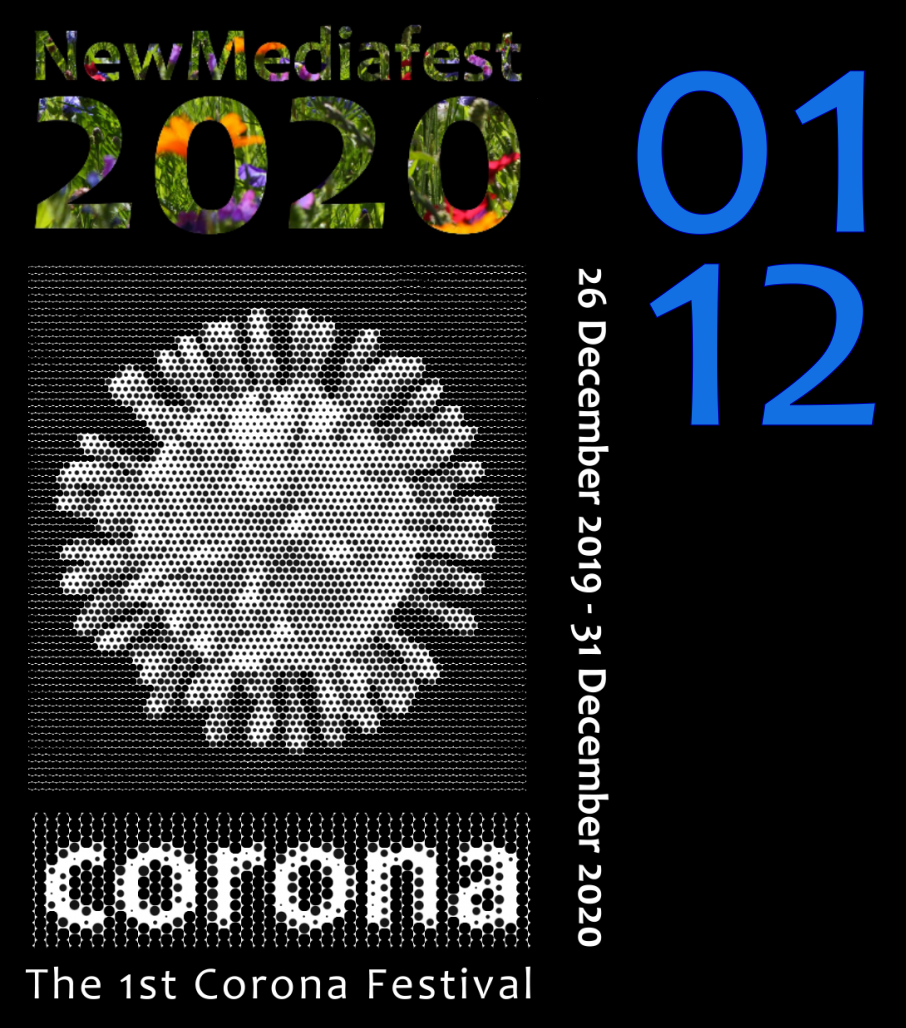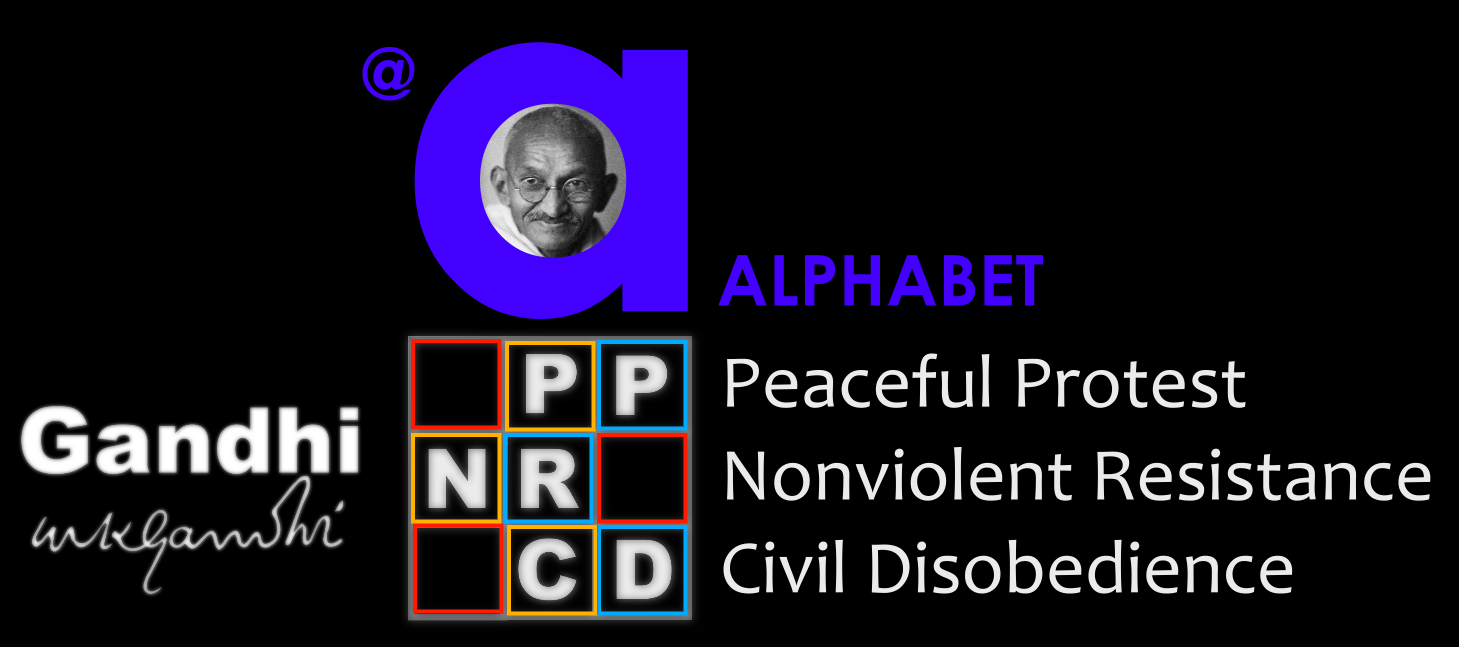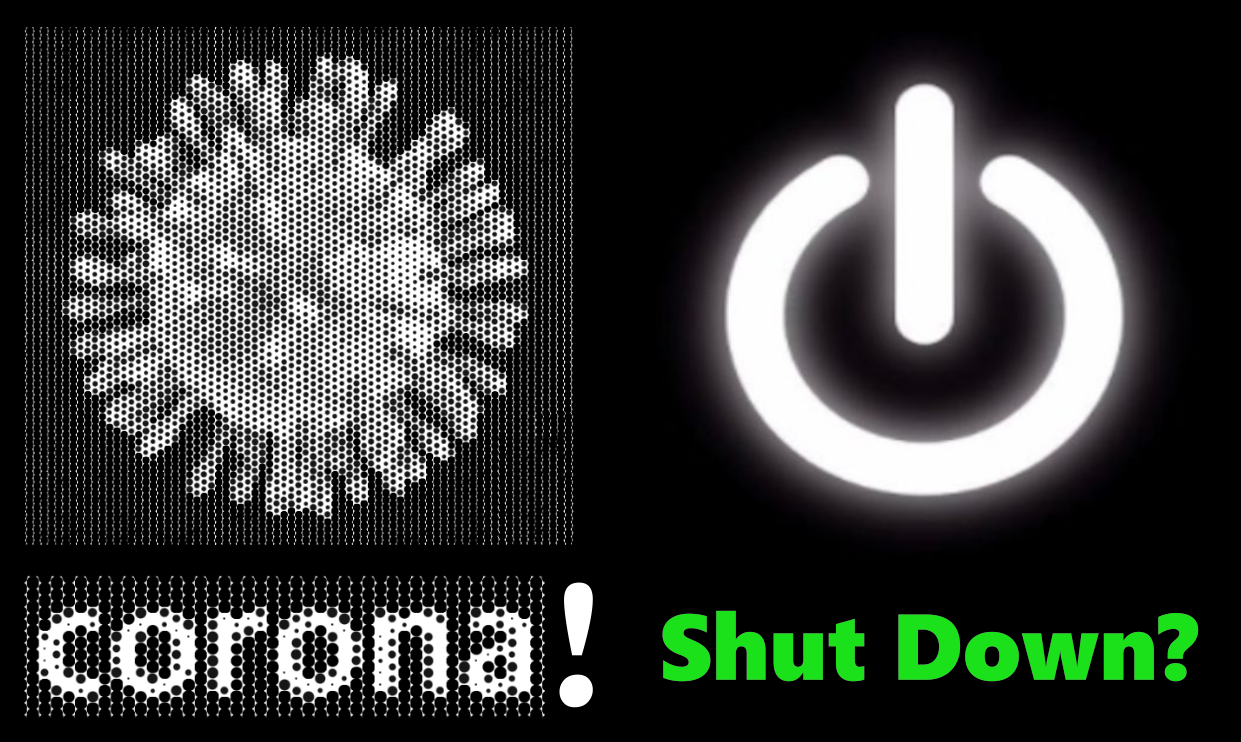Videoart feature – Portugal

On 15 January 1953, Wilfried started his real first adventure, when his family moved to Oporto (Portugal) where his father got the position as a professor for engineering at the university. While his father had made the trip from Black Forest (Southern Germany) to Oporto on a motorbike already some days earlier (about 1800 km), Wilfried’s mother and the rest of the family followed by train, coming from Stuttgart, the train arrived at Gare de l’Est on 15 January in the afternoon, where the mother and the four children, Wilfried just 3 years old, had to change the train station to Gare du Lyon. It was the first time, Wilfried was visiting Paris. The family had to take one of the antiquated busses driving along the partially frozen river Seine, the dark town houses and the cathedral Notre Dame, in order to catch the night train to Madrid. There they had to change on 16 January the train to Lisbon, on 18 January 1953 the family arrived Oporto.
 It is reported, that where-ever Wilfried appeared he was delighting the people – they were thinking the little blond from the North would be an angel sent from heaven, projecting all their own desires in the little messiah. Hardy arrived at the end of the known world, at that time, Wilfried became the attraction among all the little children living in the new construction area where the flat was located Wilfried’s family was residing. Life took place on the street!
It is reported, that where-ever Wilfried appeared he was delighting the people – they were thinking the little blond from the North would be an angel sent from heaven, projecting all their own desires in the little messiah. Hardy arrived at the end of the known world, at that time, Wilfried became the attraction among all the little children living in the new construction area where the flat was located Wilfried’s family was residing. Life took place on the street!
Wilfried’s love for colour, manifesting itself later in his art works may have its origin here – his new world was so colourful! Most of the little girls fell in love with him, and some of them sent very touching love letters for a while when Wilfried family returned to Germany in 1956.
How does Wilfried’s father got such un idea, at all, to take a position at the university in Portugal which was ruled at that time still by the dictator Salazar, while in Spain the dictator Franco was still in power? Of course, he had to feed his family, and accepted any position he could get. While Wilfried’s siblings were suffering because the family was moving from one place after another following their father when he got a new professional position, they had to give up their friends and all the familiar surroundings, Wilfried had the characteristics that hardly arrived at a new place he quickly gathered new friends around him which made him forget the loss of the PAST, a most relevant survival strategy which should become more important later once.
This article is complemented by the
videoart from Portugal
1
released 2010 on VideoChannel

Fonlad Festival, Videolab Project Portugal and artvideoKOELN present
Videoart from Portugal
curated by Pedro Almeida, Sergio Gomes
PORTUGUESE VIDEO ART | Videolab Project
Following an invitation by Fonlad Festival and ArtvideoKoeln, Videolab Project created a special session dedicated to contemporary Portuguese videoart. The works of such artists as António Olaio, Fernando José Pereira, Francisco Queirós, João Pombeiro, José Maçãs de Carvalho, Margarida Paiva, Paulo Mendes, Susana Mendes Silva and Vasco Araújo portray the creativity and interdisciplinary character of Portuguese art and demonstrate the diversity of Portuguese contemporary video production.
ENTER the selection here
The latest Flash – plugin is required.
2
streaming

NewMediaFest2020 selection
Marta Alvim (Brazil) – No Green No Blue, 2012, 17:20
Ana Brotas (Portugal) – Okupa, 2009, 2:19
Alexandre Braga (Portugal) – From Within, 2013, 3:00
Manuela Barile (Portugal) – Morolojam 2008, 8:05
Albano Ruela (Portugal) – What is in Your Bag II?, 2013, 6:06















